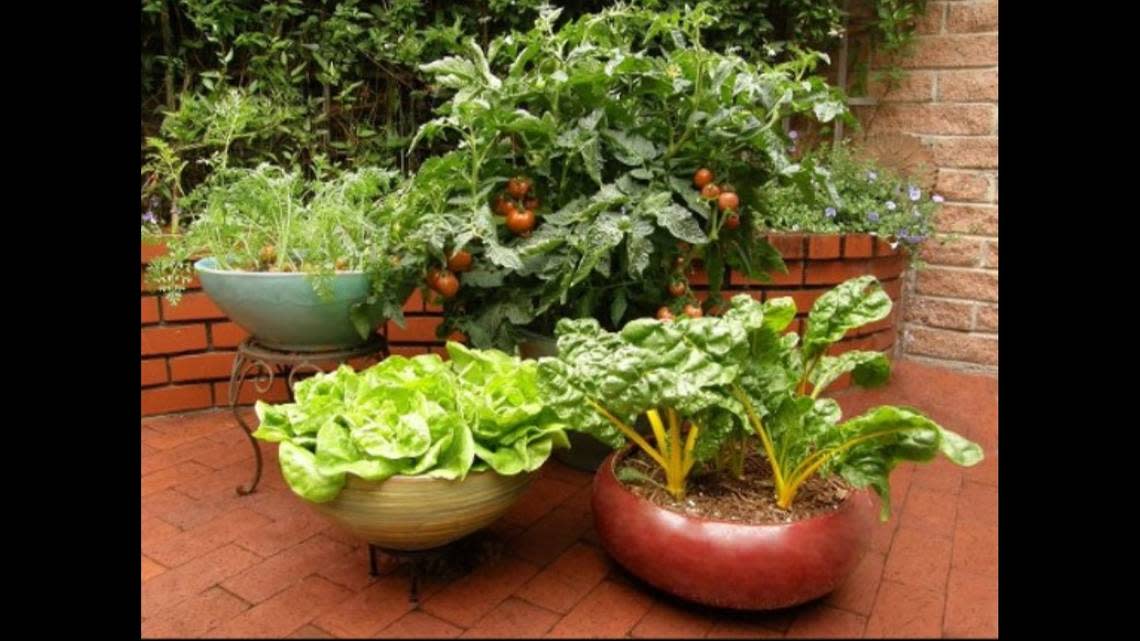If you take the right steps, your dream vegetable garden could be all contained

I have a love-hate relationship with container vegetable gardening. While I love growing fresh and nutritious produce in compact areas, the execution and effort required can leave much to be desired.
Eager to grow veggie container gardens, in the past I have purchased quality soil, and invested in hefty buckets, strong supports and hardy plants. Still, once the plants were in place, I may have also neglected to note a few crucial facts.
Unfortunately, container gardening is not a set-it-and-forget-it deal. Many of the same influences working against in-ground gardens affect container gardens. Where they can then begin to differ, however, is in the severity of those influences’ impact on the plants.
Adequate moisture in containerized soil, for example, requires significantly more attention, as the soil likely isn’t mulched or insulated. This means more time spent watering and checking soil moisture to ensure adequate water. Conversely, good drainage can be just as important to monitor, as faulty container setups can cause many overwatering headaches.
Soil temperature is another essential factor in container gardens, as the lack of insulation leads to a harsher overall contrast of temperature extremes. While this can be in your favor, certain crops have specific preferences for very warm or cool soil. it must be done tactfully, with forethought into chosen crops. Selecting where the container will be placed becomes equally important.
In addition, fertilization must be watched closely with container gardens, as the only nutrients available to the plants are those in their limited soil space. This requires re-supplementation of the nutrients used up by the plants. For this reason, gardeners frequently employ a low-range, slow-release fertilizer in their raised beds or containers, to continually feed their plants low amounts of macronutrients.
Certain crops, however, will perform better with certain macronutrients either present in excess or omitted altogether. So, the answer to fertilizing containers cannot be a “one size fits all” with even levels of nutrients. Instead, it should be tailored to the crops being worked with.
In short, I have been guilty of equating container gardening with easy gardening, when it is just gardening in another form.
Is it more difficult? No. The problems to mitigate may differ slightly from an in-ground setting, and some issues may be easier to address. Infested plants, for example, can be relocated and quarantined. So, don’t be discouraged. Container gardening is a feasible, rewarding endeavor.
By being aware of these potential issues specific to container gardens, you can take the opposite approach and instead develop a love-love relationship with the practice. When you adequately plan and allocate the attention they need, your compact garden will be the productive garden of your dreams, and the satisfaction of overcoming these challenges will be its own reward.
Anthony Reardon is a horticulture agent with Kansas State University Research and Extension. Need help? Contact the Johnson County Extension gardening hotline at 913-715-7050 or email garden.help@jocogov.org.


